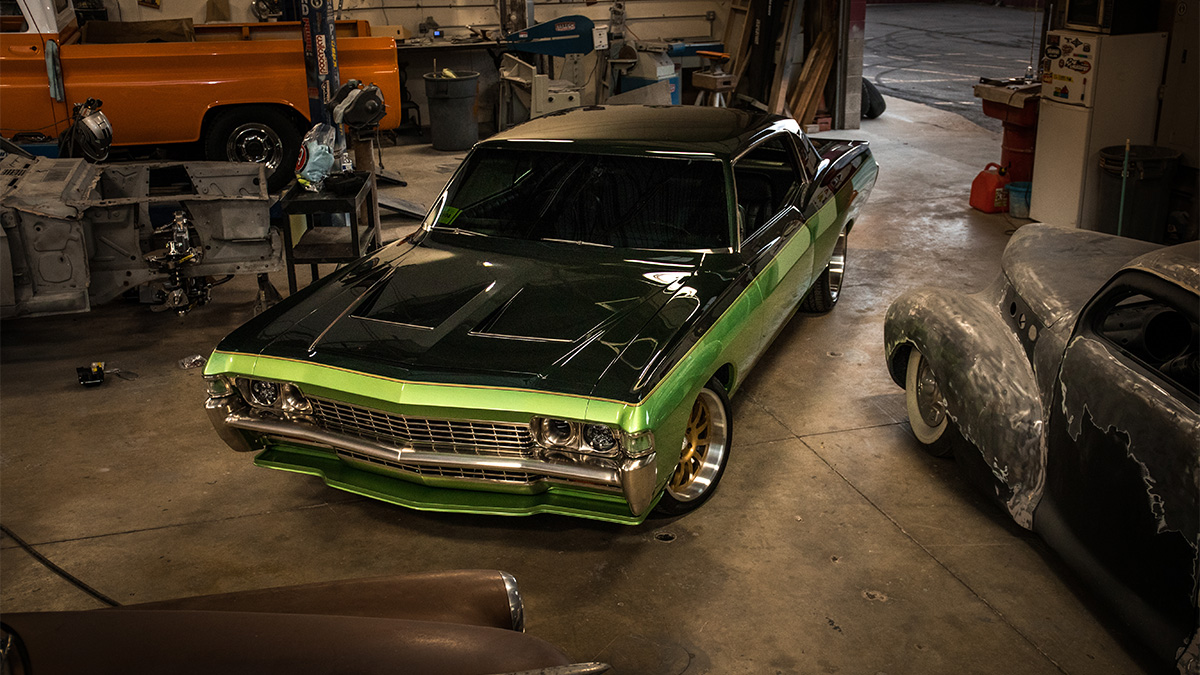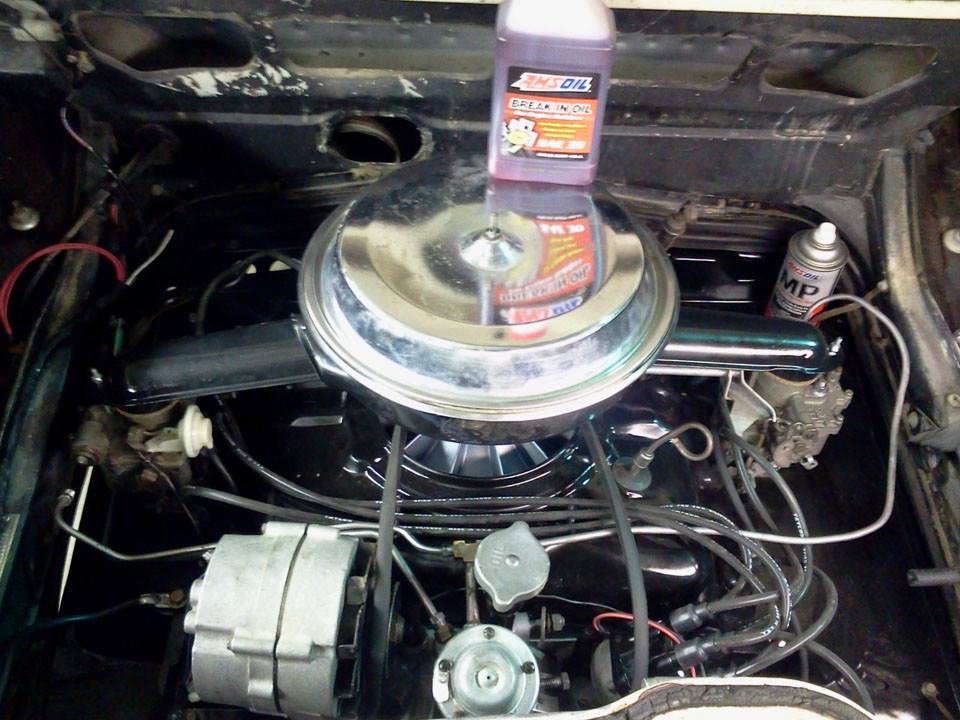MUSCLE CAR MANIA: Chevy* Power We look under the hood at classic Chevy muscle car engines and the products to protect them. _by Brad Nelson|March 1, 2024 The glory days of the muscle-car era were fueled by a war between American automakers for stoplight-to-stoplight power and speed. The victors were speed demons who craved increasingly […]
You are browsing archives for
Tag: assembly lube
8 Hot AMSOIL Products for Your Vintage C...
8 Hot AMSOIL Products for Your Hot Rod Jamie Gibson|Apr 20, 2018 10:52 AM If you’re anything like us, the highly anticipated sights and sounds of hot rods, muscle cars and restomods returning to the open road makes you a bit giddy. It’s a sure sign of road trips, car shows and all things summer. […]

